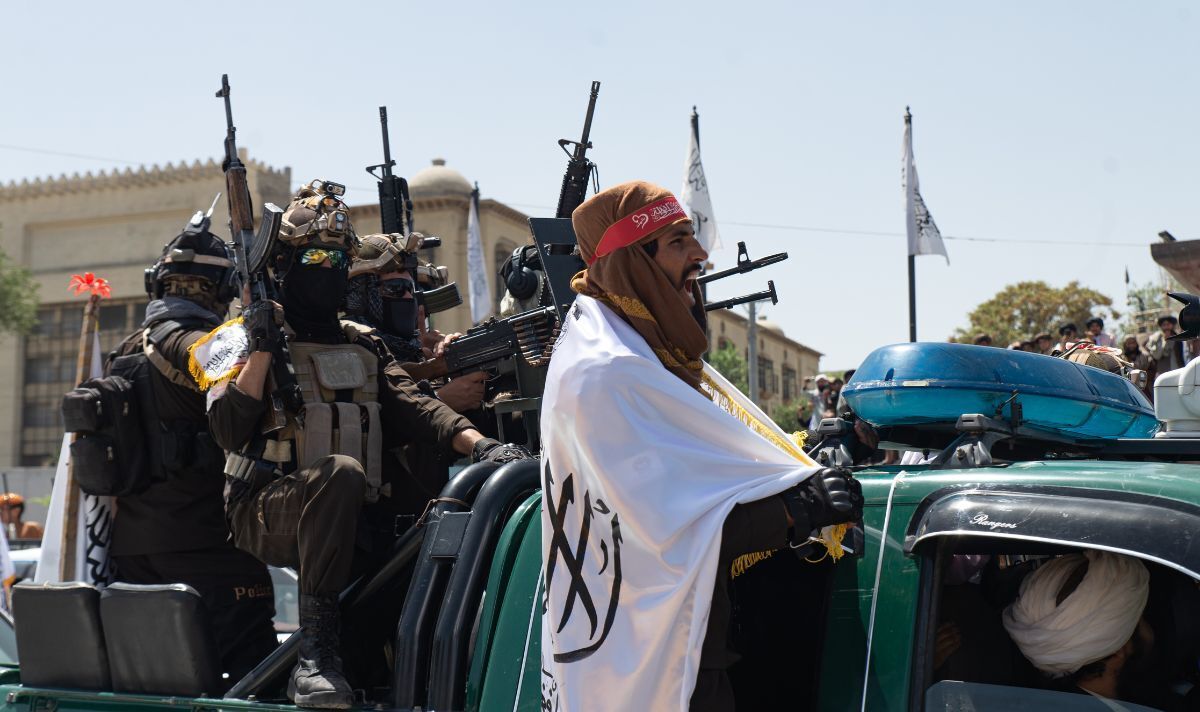Never really flew anything so wouldn't really know myself. But do other pilots agree with your assessment that novice pilots could have flown those big commercial jets into buildings with such precision??
An airport, and its runway system, is a
DESIRABLE target, and as such, there will be air traffic, and as such, there must be ground control as to who lands when and where. It does not take Top Gun maneuvers to land on a runway. What you need most is compliance, just go to your assigned altitude and wait for your turn to land. It is called 'stacking'.
The definition of holding stacks (or flying a hold) in the aviation field means some maneuvers of an airplane before the landing.

an.aero
Stacking means pilots move into a holding pattern circling radio beacons.
For this reason, there are several crafts separated vertically by 1,000 feet or more at the identical time in the holding stack. once the plane leaves the holding stack it’s safely directed towards the runway.
This 17 yrs old young man done it.
Many kids have dreams of becoming a pilot – but how about achieving your dream at age 17!

www.fox29.com
...how about achieving your dream at age 17!
Christopher Ballinger is among the youngest Black pilots in the country thanks to an Air Force JROTC flight Academy Program.
On the other hand, except for floaters, water is an
UNDESIRABLE target for landing. No one is going to direct anyone to land on any body of water.
It has now been over 14 years since the incident occurred.

simpleflying.com
Such an unpowered water landing is, of course, extremely dangerous, and the success of this justifies the much-used phrase of "miracle on the Hudson."
There are procedures for water landings, or ditching, from manufacturers and regulators, but
in practice, these are rare occurrences.
Capt Sullenberger had to pilot an unpowered airplane to an
UNDESIRABLE but clear target.
What could a 'novice' pilot do? See WW II. JPN trained their kamikaze pilots to do one thing: fly in a straight line. Many of these pilots were boys younger than 17 yrs old. They were not trained to navigate, to land, to do air combat, and anything else a 'regular' pilot is supposed to do. They were trained to take off, basic formation flying, follow a leader who navigate and guide them to their targets, and after the leader left, these young boys would fly straight into US ships. Most did not survive anti-aircraft defense, but some did. They were not trained, let alone experienced, enough to be called 'novice' pilots.
The 9/11 hijackers were no different. Like the JPNese kamikaze pilots, the 9/11 hijackers knew theirs was a one-way trip. The reason they enrolled in a flight school is to be trained in straight and level flight, but no more. Their targets were static, undefended, and prominent. The path to the targets was uncluttered meaning no traffic because buildings are undesirable by everyone else, except for them. The training the 9/11 hijackers received, human and technical, was magnitude better than the JPNese kamikaze pilots had.
Any local pilots on this forum who would like to add anything?
Yes...Please...













